
ABOUT SCOTT FRANKLAND
Scott Frankland is Head of Content at Sengerio. His spirit of inquiry leads him to the world of transportation and mobility to connect with the industry’s leading experts and shine a light on the hot topics.
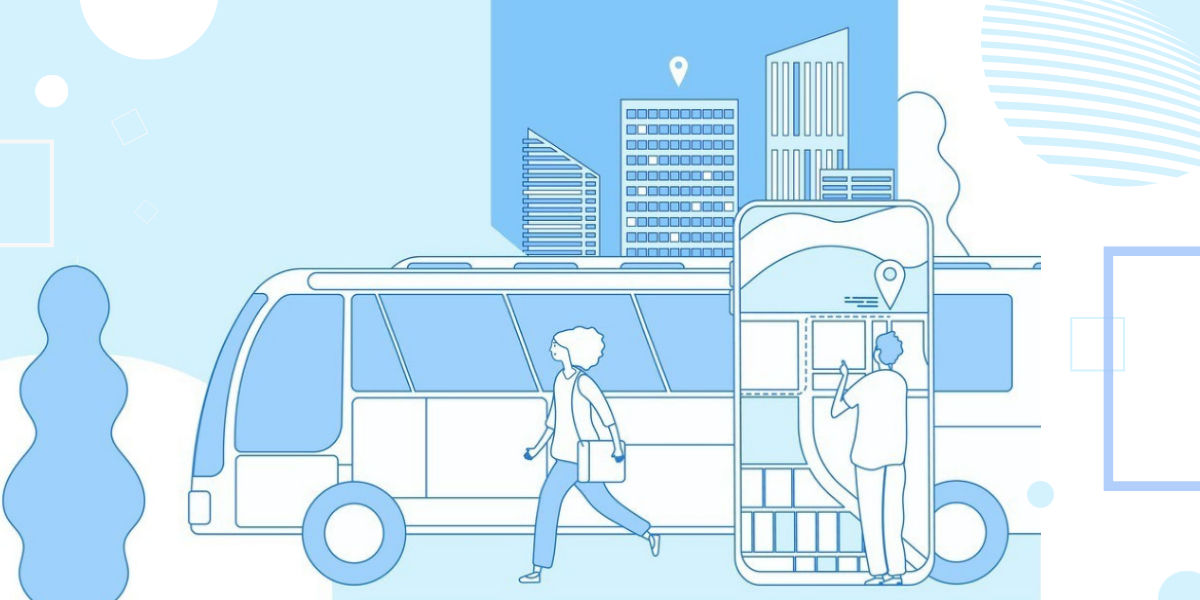
Since July 1st, on-demand microtransit services of the California-based Marin Transit agency, discount voucher programs of the Transportation Authority of Marin (TAM), and real time public transport information are all available on the Uber app thanks to the new 2-year program Connect2Transit.
In this article, Sengerio talks with Cody Lowe, the planning analyst at Marin Transit, to get a better understanding of the new transit program.
Note: This case study strives to identify whether this new model of transportation services may influence other areas of transportation and open potential opportunities for smaller charter bus companies.
In 2018, Marin Transit launched its first on-demand transit service program with the goal of providing same-day, accessible services for riders with limited mobility and seniors. This service was available by booking directly using their app Marin Transit Connect.
The services are equipped with shuttle vans that have been branded and dedicated solely to microtransit and are configured to accommodate two wheelchair riders and up to five ambulatory passengers. In addition, Marin Transit works in collaboration with the local non-profit organization Whistlestop Wheels.
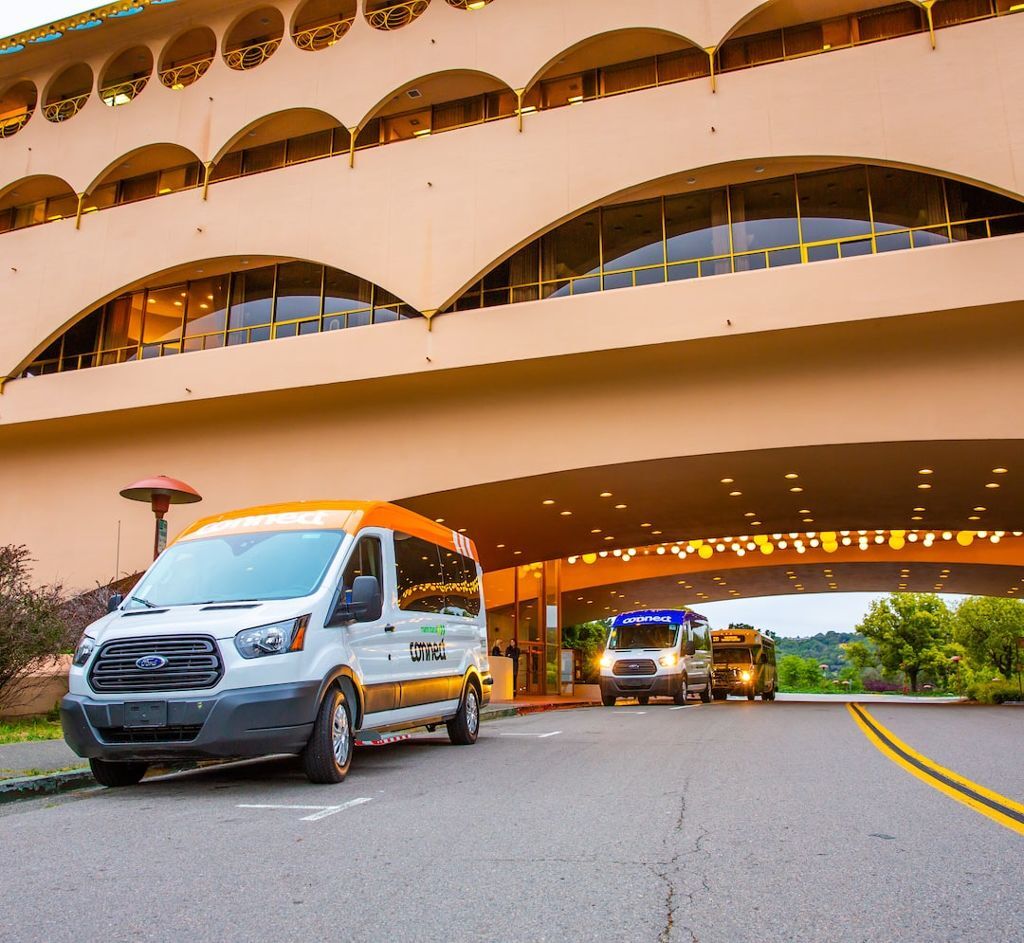
In the meantime, the Transportation Authority of Marin (TAM), the sales tax authorities of Marin who fund local transportation programs, began running GET2SMART, a $5 discount first-last mile program, back in 2017. The objective of this is to connect riders to and from Sonoma Marin Area Rail Transit (SMART) stations.
However, as a way of advancing their tech offerings and simplifying the process of selecting transportation options in Marin County, Marin Transit and TAM wanted to streamline their services into one, seamless app. Cody Lowe explains:
The mobility space is much different than it was back in 2018, so we went through a very competitive public procurement process.
There was a very high level of interest, there were 15 vendors that bid on the procurement. In the end, we transitioned from the Via platform to Uber.
(TAM) were running a first-last mile discount program with Lyft, so one of the other objectives was to bring two programs together.
As a result, as of July 1st, Marin Transit’s services and TAM’s discount vouchers are available via the Uber app. This novel Software-as-a-Service (SaaS) integration partnership is known as Connect2Transit.

Following the acquisition of the intelligent transportation systems (ITS) platform RouteMatch, the ride-hailing heavyweight Uber has made a giant step to stitch the hole between private and public transportation by announcing its SaaS partnership in Marin County.
Rather than Uber collecting commission for each ride, a flat monthly subscription fee is charged with an $80,000 limit over the two year period.
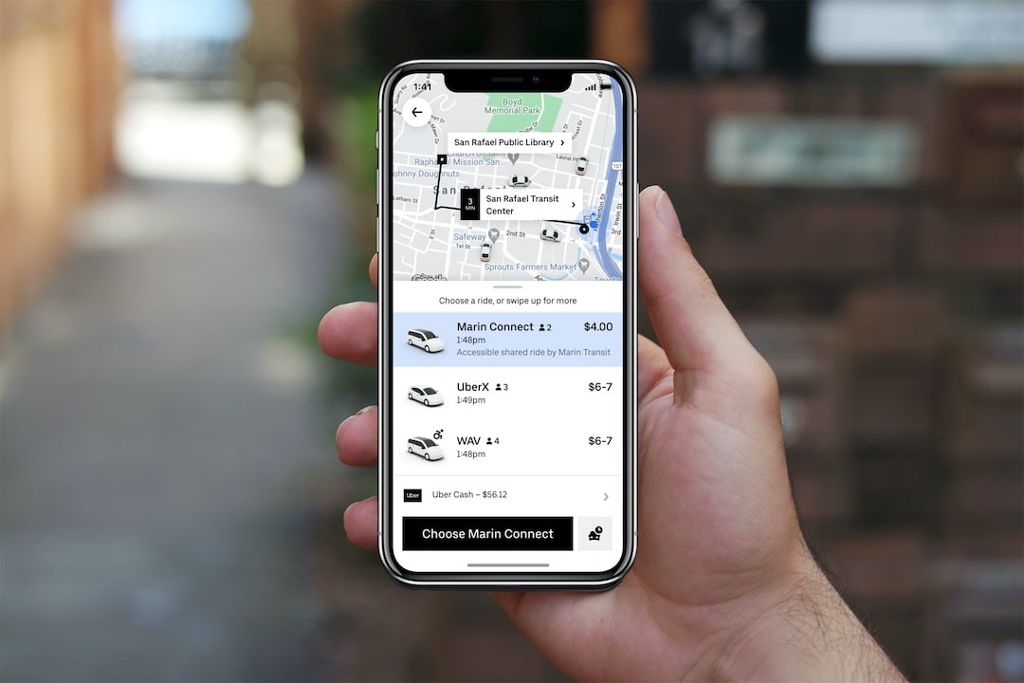
The partnership signifies the potential commodities riders have at their disposal when choosing how to travel. Cody Lowe highlights the advantages of the new program:
The new program, Connect2Transit, offers three things in the Uber app:
1) The microtransit Connect service and other Uber services such as UberPool.
2) Discount vouchers that are funded by TAM, which gives five dollar discounts off rides that go to and from major transit stations in the county.
3) Not only can you see Marin Transit Connect services on the app, but also all the public transit offerings to see if a trip can be made using local transit systems. This includes the SMART interrail system, our regional bus service Golden Gate, and Golden Gate ferries too. So you can see all the transit options available with realtime information.
The Connect microtransit service is now available around the Highway 101 corridor between Corte Madera and Novato, allowing riders to connect with local and regional transportation providers, including rail and ferry services.
Moreover, the service area has been expanded to cover an approximate 2.5-mile radius from all Marin County SMART stations.
Despite transitioning from Marin Transit’s white-label application to go ahead with this collaboration, Cody Lowe also makes it very clear that:
The overarching goal has remained the same, that is, increasing the same day accessible service for riders with disabilities and seniors and increasing our first-last mile connectivity throughout the county.
What Marin Transit has done with this program is not remove any transit services, we tried to see how on-demand services could complement the existing network.
Just seeing a public transit option when booking a trip in Uber is something to be really excited about.
While the program has been launched amid a global health crisis, this has provided somewhat of an opportunity to understand the dynamics of on-demand transit on flexible route structures, in a less demand-intensive environment.
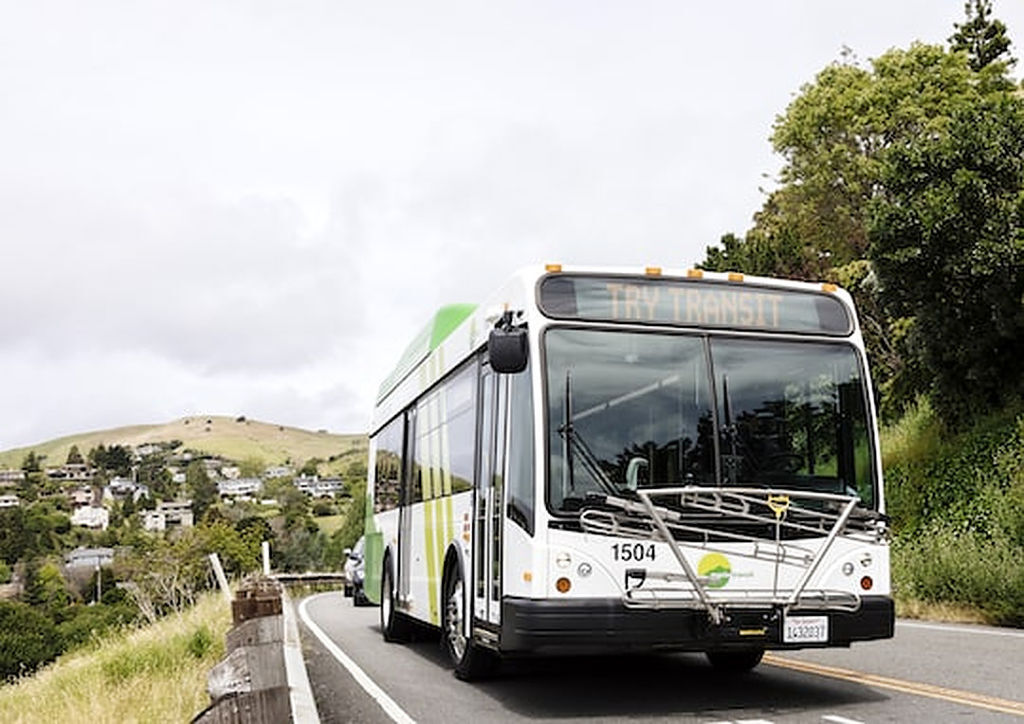
During the COVID-19 pandemic, Connect services have been restricted to two riders and the driver whereas UberPool services are currently suspended.
Even taking the pandemic out of the equation, grounding this partnership had its potential difficulties. Given that Marin is an aging County, adapting to novel digital methods isn’t always plain sailing:
One of the things that was difficult in the first two years of the program was not only overseeing the planning and operations of the program, but also the marketing. Especially when the target population isn’t the most tech savvy.”
However, Marin Transit is well aware of rider demographics and continues to provide the necessary support.
We continue to run a call-center where you don’t need an Uber account to book a ride. We also accept cash on-board for the riders who don’t have a credit card too.
These things really remove the potential barriers.
The services are available between 6am-7pm and cost $4 US dollars per mile. Moreover, riders with limited mobility and seniors that qualify for Marin Access are awarded with discounted trips.
For our Marin Access riders who are ADA eligible or residents over the age of 65, we have discounts on Connect services. We charge three dollars as a flat fare, whereas we have a distance-based fare for the general public.
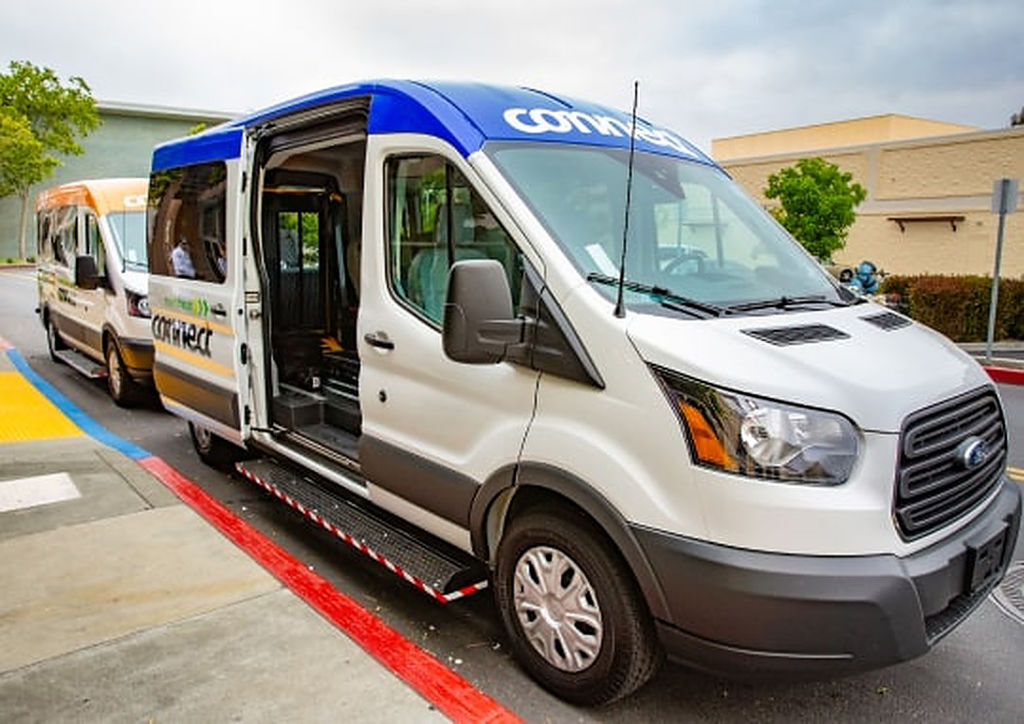
The Connect2Transit program is the perfect example of the digitization of modern transportation and its riders.
Only time can tell as to whether this model proves to be a success.
As the rest of the passenger transportation industry watches, what can we learn from the recent partnership between Marin Transit and Uber?
If one thing’s for sure, it’s that there is an increasing attractiveness to microtransit, particularly during the pandemic and whatever will be the transportation requirements that follow it.
For all the smaller microtransit/ charter bus companies who fear their market is to be consumed by software giants collaborating with transit agencies, keep in mind that there are potential opportunities that can arise from this model.
Given that Marin Transit had already kicked-off their microtransit program back in 2018, they were already equipped with an adequate fleet for providing their services.
However, apart from the standard vehicles used for public transport services, local transit agencies who are new to on-demand transportation will tend not have the vehicles necessary for microtransit.
Although this would undoubtedly provoke a highly competitive bidding process where transportation companies compete for position, it would the opportunity for smaller companies to contract their own vehicles and drivers in collaboration with a transit agency.
With increasing popularity comes increasing demand.
Especially in first-last mile programs that are transporting riders to and from other transit systems, it might be hypothesized that the smaller microtransit shuttle vans we see today can’t keep up with the amount of service requests.
It is for this reason that transit agencies could start investing in larger vehicles to complete more demanding services.
In addition to first-last mile programs, other schemes could include employee transportation that offers door-to-door transportation services or where traditional public transport lines have been blocked. Particularly as charter bus companies are specialized in providing services with a certain quality and offer the necessary flexibility.
These potential opportunities may seem promising for those who have been hit hard in the tourism industry, that has more or less been put on hold this year. To read more about this check out this article.
Although Uber’s relationship has never been the most straightforward with cities, from clashing with city regulators to the more recent legal complications, the new initiative with Marin Transit and TAM offers the public of Marin County a fantastic ability to navigate using local transit systems.
It will be interesting to see how the two-year long program pans out and understand the opportunities that arise from the new model.
We could even see such a model expand beyond local transit agencies to provide transportation solutions at a larger scale.
Quite possibly, we could even see on-demand microtransit providing larger groups of riders daily services between cities and are available in every corner of each state.
While it’s impossible to predict the future of passenger transportation, transportation companies should always be on the lookout for new opportunities to provide their excellent services, especially in the hostile market of today.

ABOUT SCOTT FRANKLAND
Scott Frankland is Head of Content at Sengerio. His spirit of inquiry leads him to the world of transportation and mobility to connect with the industry’s leading experts and shine a light on the hot topics.